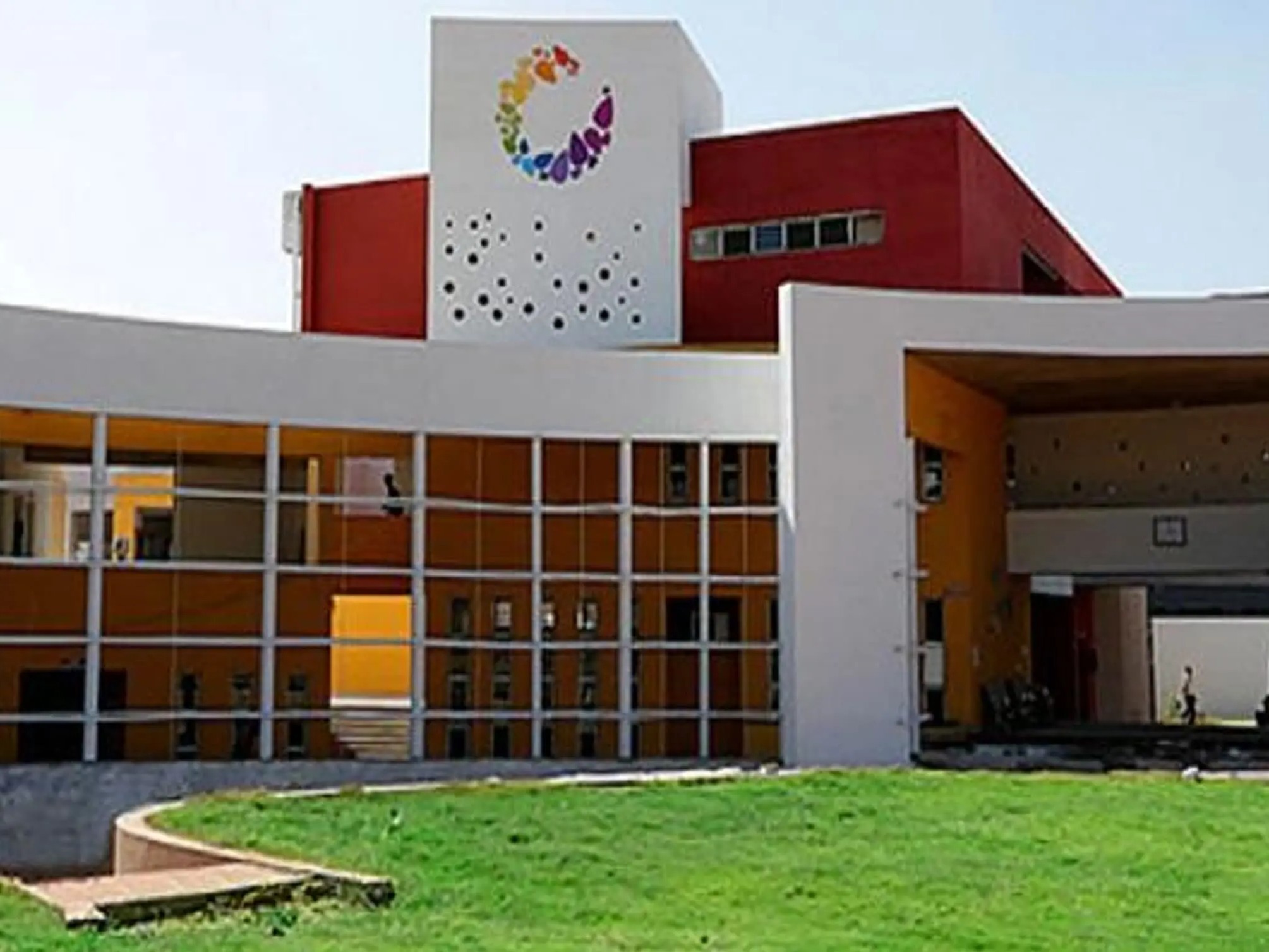The Board of Technical Education, Rajasthan has announced the date for Rajasthan Pre Engineering Test (RPET) – 2013. The exam will be conducted for admission to undergraduate programmes in different disciplines of Engineering (B Tech/ B.E) for academic session 2013 – 2014.
The courses are being offered by various Govt. aided and Private unaided technical institutions of Rajasthan.
RPET-2013 will be conducted on 23rd May, 2013 (Thursday) from 09.00 a.m. to 12.00 noon at the centers in the following cities : Ajmer, Alwar, Banswara, Barmer, Bharatpur, Bhilwara, Bikaner, Churu, Hindaun City, Jaipur, Jhalawar, Jhunjhunu, Jodhpur, Kota, Pilani, Sikar, Sirohi, Sri Ganganagar, Sawai Madhopur, Tonk and Udaipur.
Detailed Syllabus for Chemistry is as follows:
Development of Classical Model of an Atom: Bohr model of an atom, calculation of radius of the Bohr's orbit, quantisation of electronic energy levels, Spectral evidence for quantisation, introductory concept of four quantum numbers, Pauli's exclusion principle, Hund's rule, AufBau principle, concept of the spatial distributions of s and p orbitals. Isotopes.
The Periodic Law: Long form of the Periodic Table. Electronic configuration and the Periodic Table. Periodicity in properties, elementary ideas about ionisation potential, electron affinity, electronegativity and atomic radii. Position of hydrogen.
The Theory of Chemical Bonding: The ionic bond, characteristic properties of ionic compounds. The covalent bond. Introductory concept of overlapping of orbitals, σ and π bonds, Co-ordinate bond. Oxidation number. Characteristic properties of covalent compounds, hybridisation as illustrated by common molecules like NH3, H2O, CH4, C2H4 and C2H2.
Chemical Equilibrium and Ionic Equillibria: Generalised expression of law of mass action and its applications. Arhenius theory, evidence in favour of dissociation theory, ionic product of water, hydrolysis, relation between hydrolysis constant, ionic product of water and dissociation constant, solubility product and its applications to analytical chemistry.
Chemical Kinetics: Order and Molecularity of reaction. Photochemical reactions. Expression for first and second order reactions.
Acids and Bases: Hydrogen and hydroxyl ions in aqueous solution, Lewis concept of acids, dissociation of acids, pH value, Buffer solution, Theory of indicators for acid- alkali titrations, choice of indicators for acidalkali titrations.Oxidation-reduction, ion electron concept. Solid and liquid state of matter, Crystalline and amorphus solids, Four types of crystalline solids, crystal lattice and unit cell. Types of solutions, properties of solutions, osmosis and osmotic pressure, preparation and properties of colloidal solutions.
Metals: Nature of metallic state. The metallic bond. Occurrence of metals in nature. General principle of metallurgy as illustrated by methods used for the extraction of iron, copper, aluminium and silver from various types of ores.
Preparation and properties of heavy water, ozone and hydrogen peroxide.
s-Block Elements: General characteristics, Trends in variation of properties in periodic table of alkali and alkaline earth metals.
d-Block Elements: General characteristics, Elementary idea about paramagnetism and diamagnetism, different oxidation states of transition elements as illustrated by chromium, manganese and iron. Classification of organic compounds, nomenclature, Homologous series. Functional groups; Isomerism (position, chain, functional, metamerism). Petroleum as the commercial source of hydrocarbon and organic chemicals, petroleum refining practice, octane number.
General methods of preparation, properties and uses of alkanes (upto five carbon atoms). Isomerism of butanes and pentanes. Substitution reaction (free radical mechanism). Alkenes : General method of preparation, properties and uses, Ethylene: Electrophillic addition (Mechanism). Markownikoff's rule, Peroxide effect.
Alkynes : General methods of preparation, properties and uses, Acetylene: Substitution reaction; Polymerisation.
General method of preparation, properties and uses of mono, di- and tri-halogen derivatives (excluding unsaturated) upto two carbon atoms, haloform reaction, synthetic uses of alkyl halides, polarity of carbonhalogen bond: Elementary concept of nucleophilic substitution. Freons preparation and uses. Grignard reagents and their synthetic applications.
General methods of preparation, properties and uses of alcohols with reference to methyl and ethyl alcohols; Absolute alcohol and power alcohol. Fermentation. General methods of preparation, properties and uses of ether with reference to diethyl ether.
General methods of preparation, properties and uses of aldehydes and ketones with reference to formaldehyde, acetaldehyde and acetone, Polymerization and condensation reaction (No mechanism).
General methods of preparation, properties and uses of monocarboxylic acids with reference to formic and acetic acids.
Derivatives of fatty acids; acetyl chloride, acetamide, acetic anhydride and ethyl acetate, Soaps and detergents.
General methods of preparation, properties and uses of aliphatic amines with reference to methyl and ethyl amines. Urea.
Preparation, properties and uses of Benzene (structure excluded), nitrobenzene, aniline and phenol, benzaldehyde, benzoic acid.
Polymers, Examples of natural and synthetic polymers and their importance. Preparation and uses of nylon, terylene and Buna-S.
Source: www.rpetexam.com
Related Links:
RPET-2013: Detailed Syllabus for Physics
RPET-2013: Detailed Syllabus for Mathematics
Frequently Asked Questions
Sorem ipsum dolor sit amet consectur adipiscing elit sed eius mod nt labore dolore magna aliquaenim ad minim sorem ipsum dolor sit amet consectur adipiscing elit sed eius modam.
Sorem ipsum dolor sit amet consectur adipiscing elit sed eius mod nt labore dolore magna aliquaenim ad minim sorem ipsum dolor sit amet consectur adipiscing elit sed eius modam.


